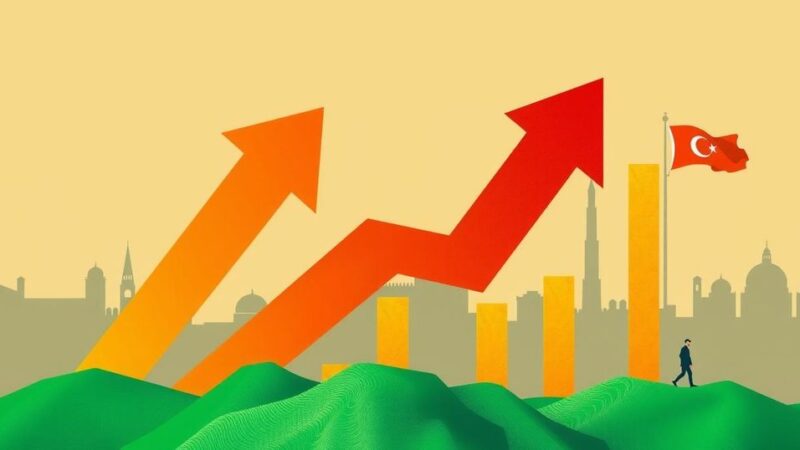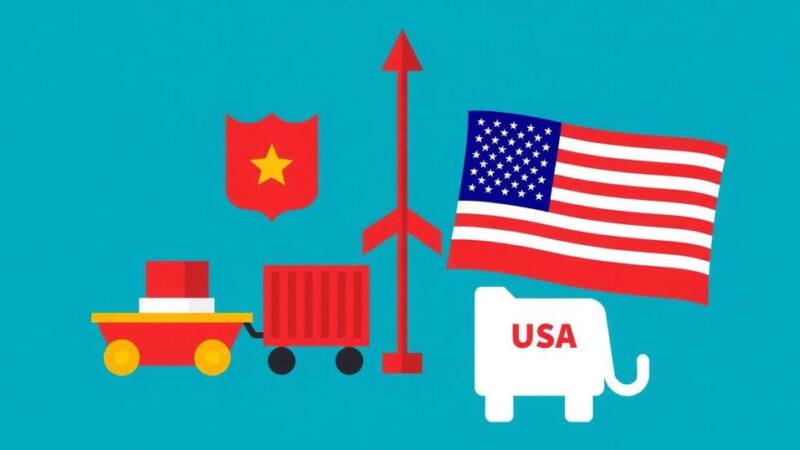Beef prices in Uzbekistan at 8.1 US dollars/kg are higher than in other CIS countries, driven by supply chain issues, increased feed prices, and high local demand. Global meat prices are rising, affecting purchasing power and prompting consumers to seek cheaper alternatives. Addressing economic processes in the livestock sector is essential for food security.
Recent data from the international service Numbeo reveals that beef prices in Uzbekistan reach 8.1 US dollars per kilogram, surpassing those in neighboring CIS countries such as Kazakhstan, Russia, Kyrgyzstan, and Tajikistan. This price elevation may result from fluctuations in the food market and broader economic factors within Uzbekistan.
Globally, Switzerland holds the record for the highest beef prices at approximately 44.3 US dollars per kilogram, followed by Iceland and South Korea with prices of 38.7 and 28 dollars, respectively. Conversely, countries like Pakistan, Nigeria, and Ghana feature significantly lower prices, with costs starting around four dollars per kilogram. Within the CIS, Kazakhstan and Russia present cheaper meat options, priced between six to seven dollars, attributed to differing market dynamics and production influences in these countries.
Several factors contribute to the elevated meat prices in Uzbekistan. Firstly, supply chain issues, including transportation costs, significantly impact market accessibility. Secondly, rising feed prices have escalated the operational costs for farmers. Thirdly, the slaughter and production expenses on farms can be quite substantial. Lastly, high local demand coupled with import restrictions exacerbates the situation, further inflating prices.
The global meat market has seen an 18% price increase over the past year, with Uzbekistan reflecting a 14.4% rise. Specifically, the prices for bone-in beef and mutton have surged by 18.5% and 19.4%, respectively, while poultry prices have slightly declined. Such increases in meat prices adversely affect consumers’ purchasing power, compelling many to switch to lower-cost alternatives such as poultry and other substitute products.
To address the high meat prices in Uzbekistan, it is crucial to recognize the underlying economic factors. Strategies should focus on bolstering the livestock sector, addressing feed shortages, and streamlining import processes to promote food security in the nation.
In conclusion, the elevated meat prices in Uzbekistan stem from multiple interrelated factors, including supply chain challenges, increased feed and production costs, as well as high market demand. The situation necessitates strategic measures aimed at enhancing the livestock industry and improving market access to ensure food security and affordability for the population.
Original Source: zamin.uz






